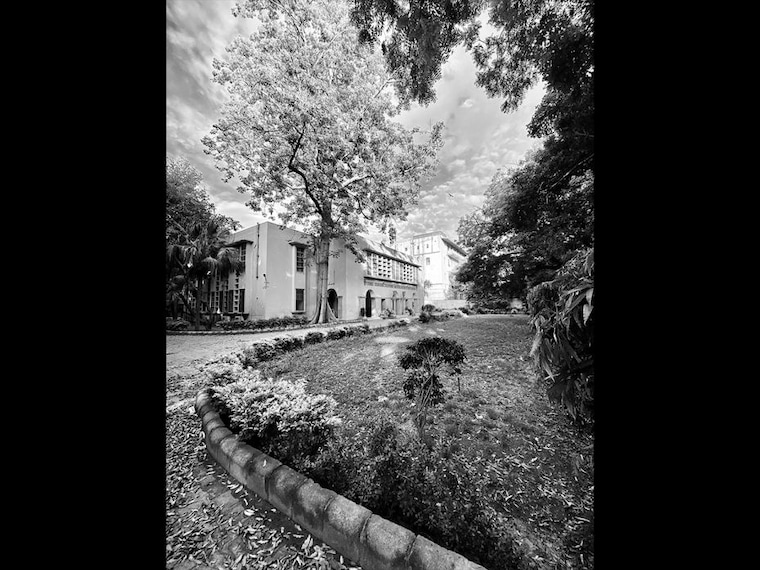PHOTOS: The streets of Delhi, during times of Covid-19
The streets of Delhi feel like they have metasised into a time warp of the past. Wide open pristine boulevards, and telling architecture that harkens history with compelling contemporaneity, present a
By Parul Sharma
May 06, 2020, 13:04 IST2 min

Image by Parul Sharma
2/8
Image by Parul Sharma
3/8
Image by Parul Sharma
4/8
Image by Parul Sharma
5/8
Image by Parul Sharma
6/8
Image by Parul Sharma
7/8
Image by Parul Sharma
8/8
Image by Parul Sharma
Photogallery
- Home /
- Photogallery /
- Coronavirus /
- Photos-the-streets-of-delhi-during-times-of-covid19
Latest News
Advertisement
Advertisement
